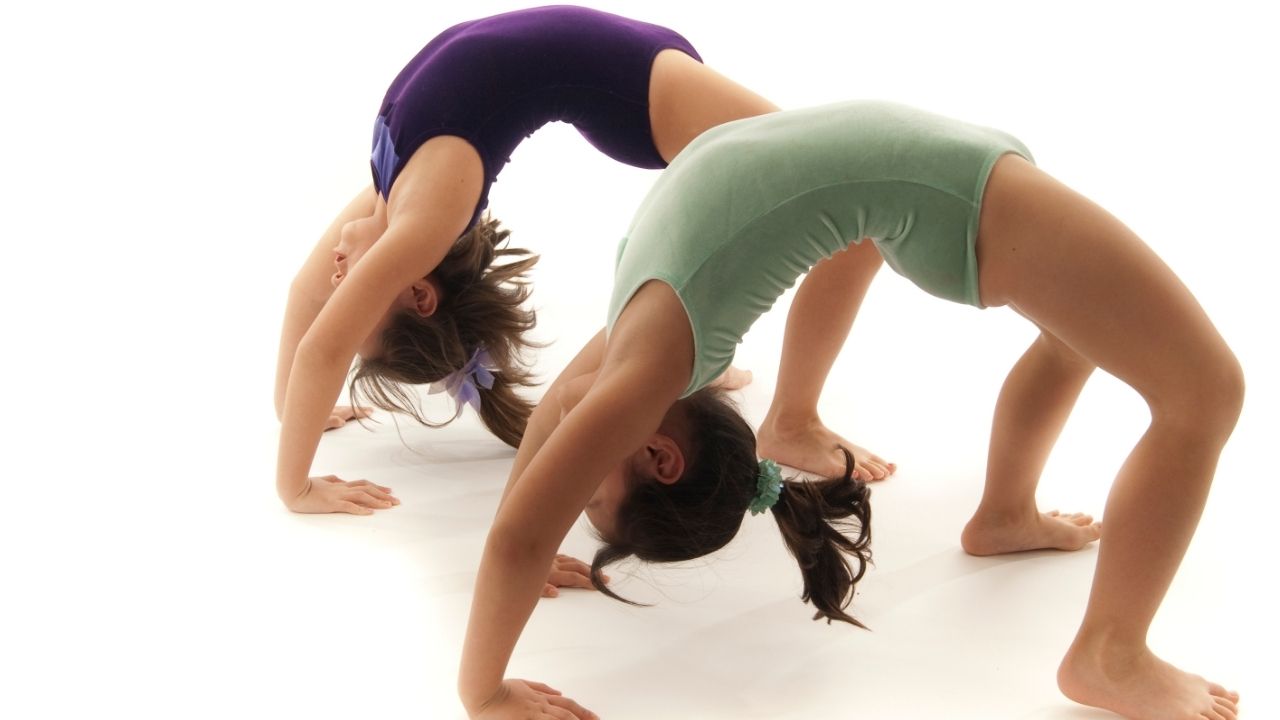
Understanding Joint Hypermobility/Hypomobility: Anatomy, Causes, Treatment, and Exercises
Introduction:
Joint hypermobility and hypomobility are conditions that affect the movement and stability of joints, causing discomfort and limitations in daily activities. Understanding the anatomy, causes, clinical presentation, and treatment options is essential for managing these conditions effectively.
Anatomy of the Region:
Joints are complex structures where bones meet and allow movement. In hypermobility, ligaments are overly flexible, leading to excessive joint movement, while hypomobility involves restricted joint mobility due to tight ligaments or muscles.
Etiology/Causes:
Genetics, connective tissue disorders like Ehlers-Danlos syndrome, and repetitive strain injuries can contribute to joint hypermobility. Conversely, hypomobility may result from injury, inflammation, or degenerative conditions like arthritis.
Typical Reported Pain:
Individuals with hypermobility may experience joint instability, subluxations, or dislocations, leading to pain, swelling, and stiffness. Hypomobility can cause pain due to restricted movement, muscle imbalances, and joint degeneration.
Exacerbating Factors:
Activities involving repetitive joint movements, poor posture, and excessive strain can exacerbate symptoms in both hypermobility and hypomobility. Trauma, hormonal changes, and certain medications may also worsen symptoms.
Relieving Factors:
Proper joint protection techniques, ergonomic adjustments, and targeted exercises can help alleviate pain and improve joint stability. Additionally, chiropractic care and physiotherapy modalities like manual therapy and ultrasound may provide relief.
Clinical Presentation:
Individuals with hypermobility may demonstrate joint laxity, hyperextension, and increased range of motion. In contrast, hypomobility may present as joint stiffness, reduced flexibility, and muscle tightness.
Prognosis:
The prognosis for joint hypermobility and hypomobility varies depending on the underlying cause, severity of symptoms, and adherence to treatment. With proper management, many individuals can experience improved function and quality of life.
Diagnosing:
Diagnosis involves a comprehensive assessment, including medical history, physical examination, joint mobility tests, and imaging studies like X-rays or MRI. Evaluation by a qualified healthcare professional is essential for accurate diagnosis and personalized treatment planning.
Assessment of Condition:
Healthcare providers evaluate joint mobility, stability, muscle strength, and functional limitations to assess the severity and impact of hypermobility or hypomobility. Patient-reported symptoms and goals are also considered in treatment planning.
Chiropractic Treatment for this Condition:
Chiropractic care aims to restore joint function, alleviate pain, and improve overall musculoskeletal health. Techniques such as spinal adjustments, mobilization, and soft tissue therapy can address joint hypermobility or hypomobility effectively.
Exercises for this Condition:
Targeted exercises play a crucial role in managing joint hypermobility and hypomobility. Strengthening exercises for surrounding muscles, proprioception training, and stretching routines can enhance joint stability, mobility, and resilience.
Gymnastics and Joint Hypermobility:
Gymnastics is a sport that often demands extreme flexibility and joint mobility, making gymnasts more susceptible to joint hypermobility. The repetitive and forceful nature of gymnastic movements can lead to excessive stretching of ligaments and joint capsules, contributing to increased joint laxity.
Pain in Gymnasts:
While joint hypermobility can be advantageous in gymnastics for achieving impressive feats of flexibility, it can also lead to pain and discomfort. Gymnasts may experience joint instability, subluxations, or dislocations due to the excessive range of motion required by their sport. This can result in chronic joint pain, swelling, and stiffness, affecting their performance and overall well-being.
Management Strategies for Gymnasts:
Gymnasts with joint hypermobility require specialized management strategies to maintain joint stability and prevent injuries. This may include targeted strengthening exercises to support vulnerable joints, proprioceptive training to enhance body awareness and control, and flexibility exercises to optimize joint mobility without compromising stability.
Chiropractic Care for Gymnasts:
Chiropractic care can be particularly beneficial for gymnasts dealing with joint hypermobility-related pain and injuries. Chiropractors can assess joint function, provide spinal adjustments to restore alignment and mobility, and offer soft tissue therapy to alleviate muscle tension and promote healing. Additionally, chiropractors can educate gymnasts on proper biomechanics and injury prevention strategies tailored to their sport-specific needs.
Conclusion:
Joint hypermobility and hypomobility pose challenges to individuals seeking to maintain an active lifestyle. By understanding the underlying anatomy, causes, clinical presentation, and treatment options, individuals can effectively manage these conditions and improve their quality of life.
Search




